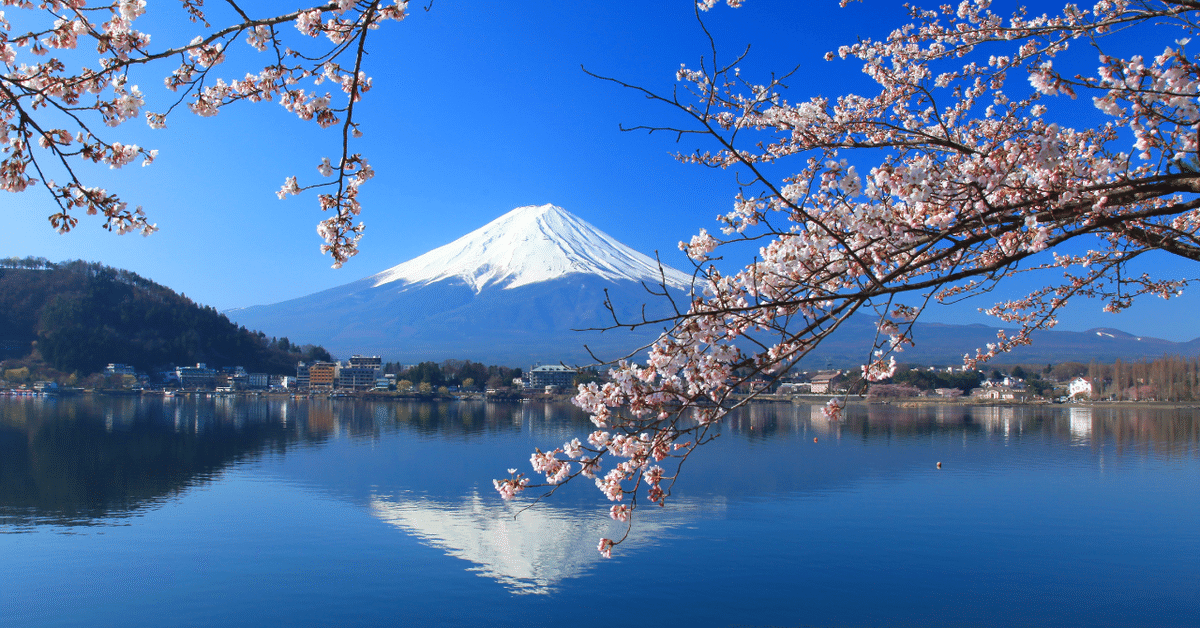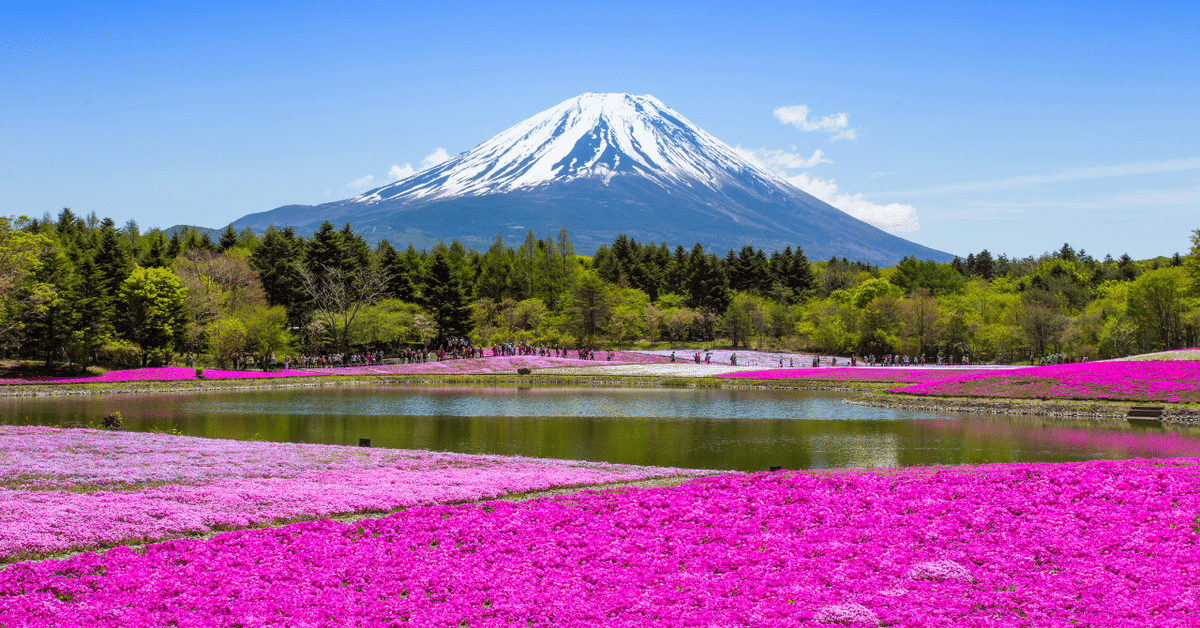
Essential Guide for Foreigners: Climbing Mount Fuji for the First Time
Mount Fuji, Japan's highest peak and a symbol of natural beauty, attracts climbers from around the globe. For first-time foreign climbers, this comprehensive guide will help ensure a safe, enjoyable, and unforgettable experience.

1. Choosing the Perfect Time to Climb
The best time to climb Mount Fuji is during the official climbing season, from early July to early September. This period offers optimal weather conditions, clear trails, and open mountain huts. Avoid climbing outside this season due to severe weather risks and closed facilities.
2. Selecting Your Climbing Route

Mount Fuji features four main trails, each offering unique experiences:
Yoshida Trail (Yellow): The most popular and well-equipped route, starting from the 5th Station on the northern side. Ideal for first-timers due to numerous facilities and mountain huts.
Subashiri Trail (Red): Starting on the eastern side, this route offers a quieter climb through lush forests, merging with the Yoshida Trail near the 8th Station.
Gotemba Trail (Green): The longest and least crowded trail, starting from the southeast. Suitable for those seeking solitude and a more challenging ascent.
Fujinomiya Trail (Blue): The shortest but steepest route, beginning from the south. It provides a direct and intense climb to the summit.
3. Preparing for the Adventure
Physical Fitness: Start training weeks in advance with cardio exercises, hiking, and strength training to build endurance and stamina.
Essential Gear and Packing:
Clothing: Layered clothing to handle temperature changes, including a windproof and waterproof jacket.
Footwear: Sturdy, well-fitting hiking boots with ankle support.
Equipment: Headlamp, trekking poles, gloves, hat, and UV-protection sunglasses.
Nutrition: High-energy snacks, sufficient water, and sports drinks to stay hydrated and fueled.
Other Essentials: Sunscreen, a first-aid kit, cash for purchases at mountain huts, and a trash bag to adhere to the leave-no-trace policy.
4. Acclimating to Altitude
Climbing to 3,776 meters can cause altitude sickness, with symptoms like headaches, nausea, and dizziness. To reduce risks:
Ascend slowly and take regular breaks.
Stay hydrated and eat light, nutritious foods.
Consider an overnight stay at a mountain hut around the 7th or 8th Station to acclimate.
5. Booking and Staying in Mountain Huts
Mountain huts provide essential rest and meals but require advance reservations. They offer a unique cultural experience, allowing climbers to rest and acclimate. Bring earplugs and a sleep mask for comfort.
6. Safety, Etiquette, and Environmental Respect
Respect Nature: Stay on marked paths, avoid disturbing flora and fauna, and pack out all trash.
Respect Fellow Climbers: Maintain a quiet demeanor, especially in shared spaces, and yield to faster climbers.
Prioritize Safety: Monitor weather forecasts, inform someone of your climbing plans, and be prepared to turn back if conditions deteriorate.
7. The Final Ascent: Reaching the Summit
The last stretch to the summit is steep and can be crowded. Start early to witness the stunning sunrise, known as Goraiko. The effort is well worth the breathtaking view and sense of accomplishment.
8. Descending the Mountain
Descend carefully to avoid slips and injuries. Note that descent routes can differ from ascent paths, so follow signs diligently.
9. Post-Climb Relaxation

After your climb, treat yourself to a relaxing soak in a nearby hot spring (onsen). It’s the perfect way to soothe tired muscles and reflect on your achievement.
Additional Tips for a Perfect Climb
Language and Communication: Learn basic Japanese phrases or bring a translation app. Though many signs are in English, communication in remote areas can be challenging.
Cultural Etiquette: Familiarize yourself with Japanese customs, such as bowing, removing shoes indoors, and respecting quiet hours in shared spaces.
Travel Insurance: Ensure you have travel insurance that covers mountain climbing activities.
Conclusion

Climbing Mount Fuji is a rewarding adventure that offers spectacular views and a profound sense of achievement. By adequately preparing, respecting the environment and fellow climbers, and following safety guidelines, your first ascent will be a memorable and cherished experience. Embrace the journey and the spirit of Omotenashi – the deep-rooted Japanese hospitality that makes every visit to Japan special. Happy climbing!
JTI | Japan Travel Itinerary
Empowering your travel dreams with bespoke itineraries crafted by our expert team, independent of vendors for truly personalized experiences.
この記事が気に入ったらサポートをしてみませんか?
